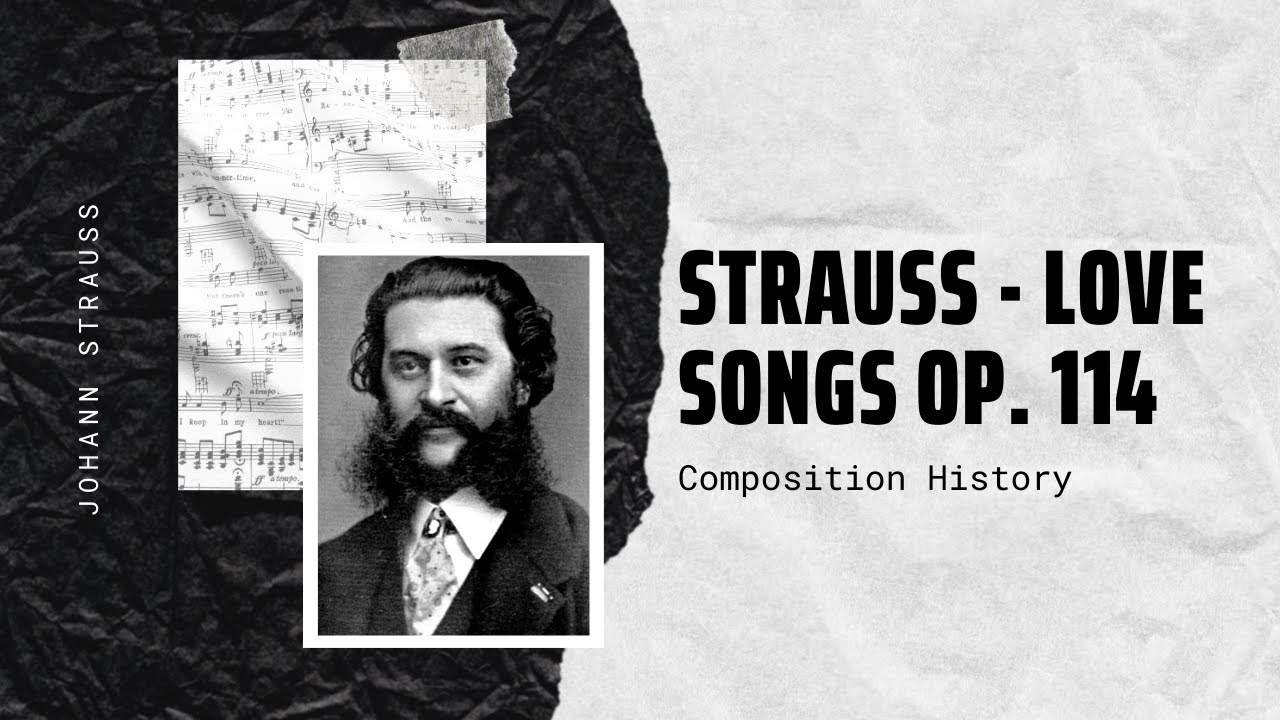
Strauss – Love Songs Op. 114
Johann Strauss – Love Songs Op. 114 Liebeslieder op. 114 is a waltz by Johann Strauss II written in 1852 (not to be confused with Brahms’s[…]

Strauss – Vienna Blood Op. 354
Johann Strauss – Vienna Blood Op. 354 Wiener Blut (‘Viennese Blood’, ‘Vienna Blood’ or ‘Viennese Spirit’) Op. 354 is a waltz by Johann Strauss II first[…]

Strauss – Ein Heldenleben Op. 40
Richard Strauss – Ein Heldenleben op 40 Ein Heldenleben (A Hero’s Life), Op. 40, is a tone poem by Richard Strauss. The work was completed in[…]

The Best of Johann Strauss
Johann Strauss II (born Johann Baptist Strauss; 25 October 1825 – 3 June 1899), also known as Johann Strauss Jr., the Younger, the Son (German:[…]